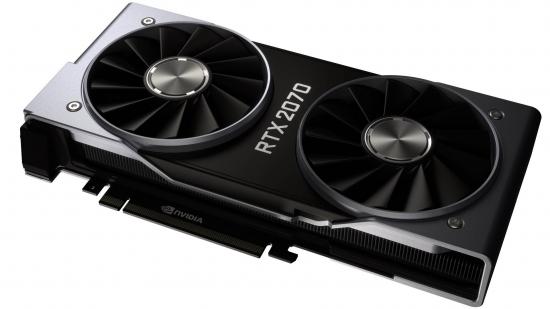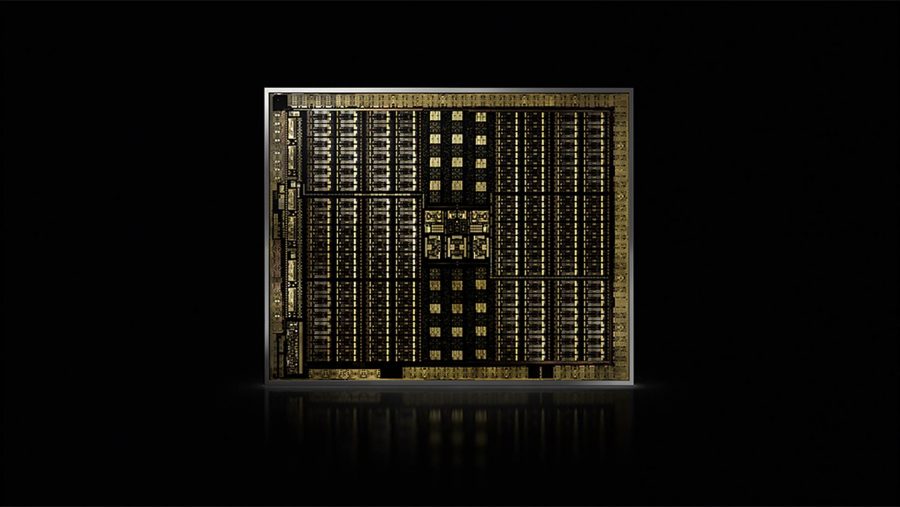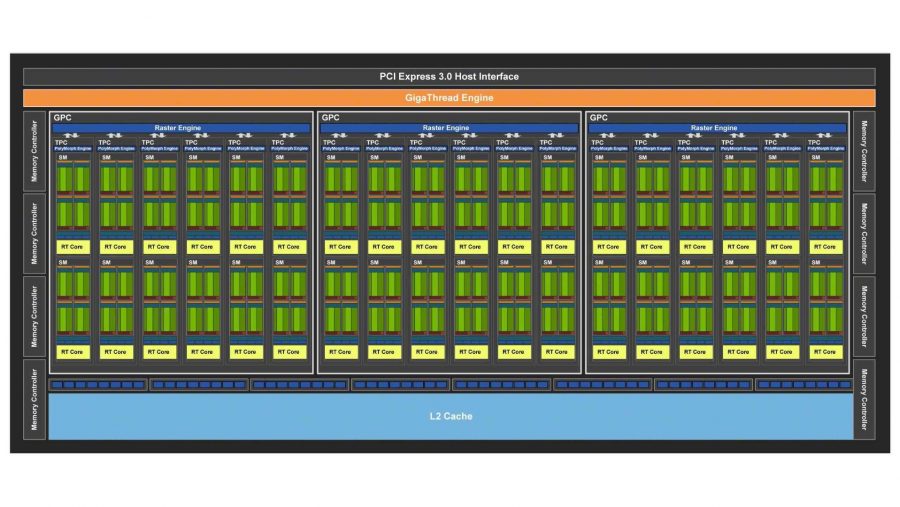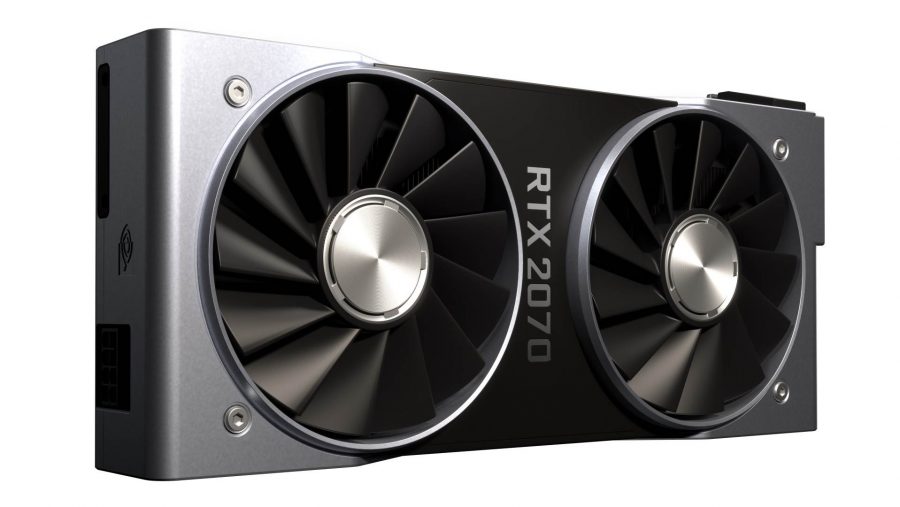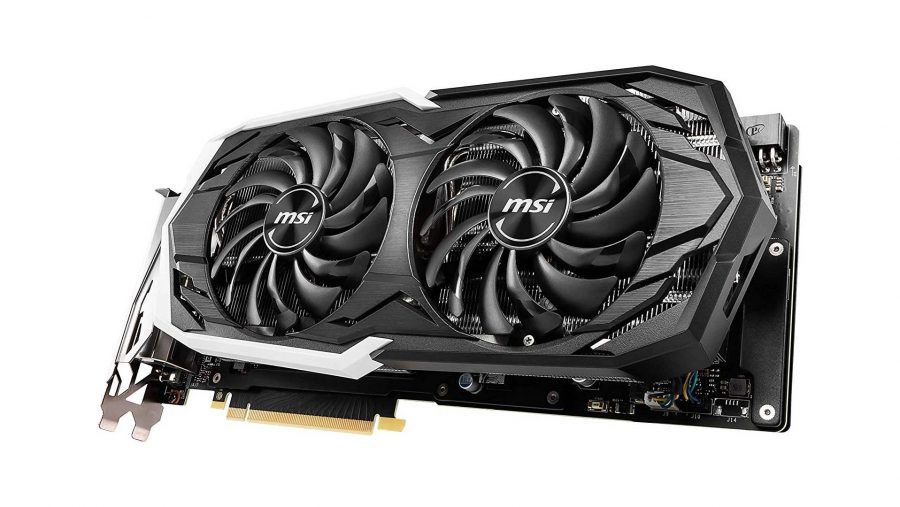Our Verdict
The RTX 2070, in its stock-clocked reference trim, is a great little graphics card. It's done its job of topping the GTX 1080, and with the sub-$500 versions you are getting a whole lot of bang for your buck and the potential for a ray traced future.
The Nvidia RTX 2070 delivered our first taste of a mainstream Turing GPU, before the RTX 2060 arrived and GeForce went back to its GTX roots with the GTX 1660 Ti anyways… I guess you could always have made do with the monstrous RTX 2080 Ti, y’know, with your BIG pockets and overstuffed wallets.
But if you want to harness ray tracing to augment your gaming, such as shadows and lighting, and don’t have a bathtub full of money lying around to spend on a graphics card, the RTX 2070 is likely the minimum requirement for real-time ray tracing in this generation.
We’re still not 100% convinced the RTX 2060 should really be doing any ray tracing on its own, and the retro-enabling of DXR support for all the 10- and 16-series GPUs rather strains their silicon too. The minimum performance for solid ray tracing in games is roughly 5-6 Giga Rays per second, with the Nvidia Turing-powered RTX 2070 just hitting the 6 Giga Rays per second mark.
That leaves the RTX 2070 as the king of entry-level RTX. But, if ray tracing isn’t your thing, there’s still a whole heap of performance available in traditional graphical workloads to look forward to.
Nvidia RTX 2070 Specs
The RTX 2070 features a more modest CUDA core count of 2,304 compared with the 2,944 cores packed into the TU104 silicon of the RTX 2080. That means the SM count has been cut from the RTX 2080’s 23 down to 18.
That’s slightly less of a cut than when Nvidia took the knife to the GP104 GPU shared by both the GTX 1080 and GTX 1070. The upcoming RTX 2070 has less than 22% fewer cores inside it than the RTX 2080 while the chip inside the GTX 1070 was a full 25% weaker than its larger GTX 1080 sibling.
| RTX 2080 |
RTX 2070 |
GTX 1080 Ti |
GTX 1080 |
GTX 1070 |
|
| GPU | TU104 | TU106 | GP102 | GP104 | GP104 |
| CUDA cores | 2,944 | 2,304 | 3,584 | 2,560 | 1920 |
| VRAM | 8GB GDDR6 | 8GB GDDR6 | 11GB GDDR5X | 8GB GDDR5X | 8GB GDDR5 |
| Memory bus | 256-bit | 256-bit | 352-bit | 256-bit | 256-bit |
| Memory bandwidth | 448GB/s | 448GB/s | 484GB/s | 320GB/s | 256GB/s |
| Base clock | 1,515MHz | 1,410MHz | 1,480MHz | 1,607MHz | 1,607MHz |
| Boost clock | 1,710MHz | 1,620MHz | 1,582MHz | 1,733MHz | 1,683MHz |
| TDP | 215W | 175W | 250W | 180W | 180W |
| Price | $699 | $499 | $699 | $499 | $399 |
But each of Nvidia’s Turing graphics cards is rocking an entirely bespoke GPU design. The Turing TU106 chip, which recently appeared on the HWiNFO patch notes, has been designed for the RTX 2070, though might also be used in a potential mid-range 2060.
In terms of its memory layout, the RTX 2070 has arrived with the same 8GB GDDR6 as the RTX 2080, running along an aggregated 256-bit memory bus. With the memory running at 14Gbps, it has some serious bandwidth to play with.
Nvidia RTX 2070 benchmarks
PCGamesN Test Rig: Intel Core i7 8700K @4.3GHz, Asus ROG STRIX Z370-E Gaming, 16GB Crucial Ballistix DDR4, Samsung 860 Evo 4TB, Corsair HX1200i, Philips BDM3275, Windows 10 Pro 64-bit.
Nvidia RTX 2070 Performance
The RTX 2070 sits somewhere between the GTX 1080 and GTX 1080 Ti relative to the last generation of graphics cards from the green team. Across a wide range of titles and various first-hand accounts, the entry-level Turing GPU manages to lead the GTX 1080 by anything from a few percentage points all the way up to 20%.
There are a few titles, however, that the RTX 2070 performs notably worse. Specifically, Far Cry 5 looks to be a tough title for Nvidia’s latest, with stock-clocked RTX 2070 performance occasionally even falling behind the GTX 1080 by a small margin.
Overall, however, the extra oomph in the Turing architecture – and a healthy dose of CUDA cores – amounts to a 7-10% average performance increase over the last gen GTX 1080. The factory overclocked cards, such as the Founders Edition, look to account for a few extra percentage points on average, too.
The RTX 2070 is around 20-30% off the pace of its bigger sibling, the RTX 2080. But, rather unsurprisingly, it does manage to easily walk all over the GTX 1070, offering performance increases anywhere between 20-40% of what the Pascal card can manage.
While this is a pretty impressive performance boost by generation, the price tag of the GTX 1080 has not only been met, but surpassed by the RTX 2070 Founders Edition at $599, so it’s not exactly a clear win for gamers in terms of raw performance.
But it’s the reference-clocked RTX 2070 cards which are the ones most of us care about, and the Palit RTX 2070 Dual and seriously impressive MSI RTX 2070 Armor 8G are able to offer all the joy of the more mainstream Turing, but without the $599 price tag.
That said, the overclocked MSI RTX 2070 Gaming Z actually has the potential to game faster than a GTX 1080 Ti, which is a hell of a move by the lowest-spec Turing card. We were able to push the overclocks on that card even further and either level with a stock GTX 1080 Ti, or surpass it in a surprising number of benchmarks.
Of course you can overclock the GTX 1080 Ti even further, so we’re not suggesting any Ti owners rush out and grab an overclocked RTX 2070, but it shows the latent performance inside the TU106 GPU. And with the prices of the increasingly rare 1080 Ti going ever higher, these cards are looking better value as time goes on.
Though trying to square any sense of value with an Nvidia 20-series card is still a mighty tall order…

Nvidia RTX 2070 verdict
The RTX 2070 has done its job. It’s appeared at around the same price point as the GTX 1080 and offers not only higher gaming performance but also a future filled with ray tracing and AI-powered visual treats. Possibly. When more games actually come out with that stuff.
Anyways, the stock-clocked, sub-$500 RTX 2070 cards are the mainstream Turing options we’d recommend right now. The overclocked and Founders Edition cards might be able to give you almost GTX 1080 Ti levels of gaming performance, but you’ve got to work pretty hard to get there, and they are still prohibitively expensive.
